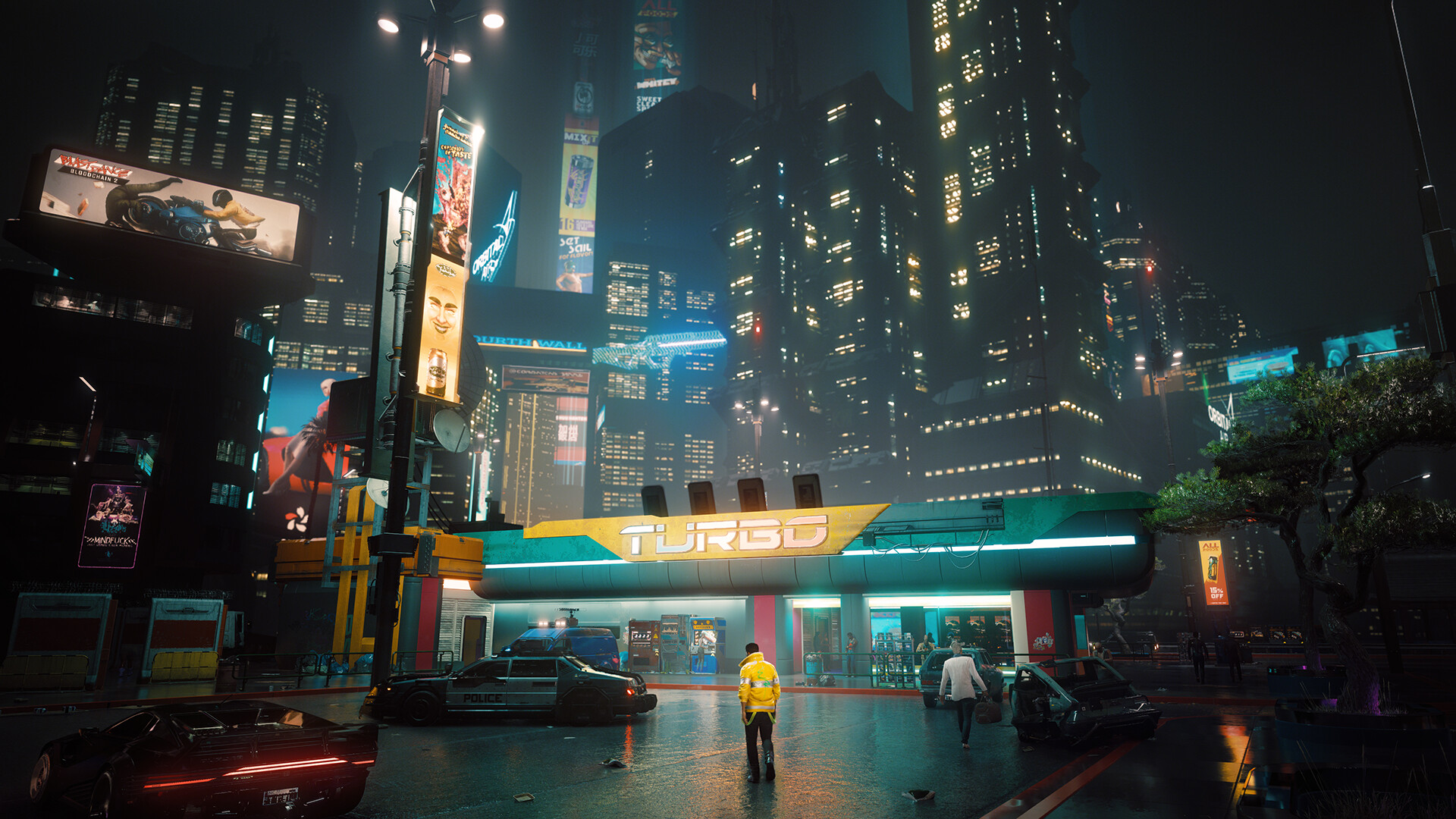The opening moments of Mafia II: Definitive Edition are a masterclass in tonal establishment. A snow-covered V-Empire Boulevard, the gentle croon of a festive classic, and the weary, hopeful face of Vito Scaletta, a soldier returning home from the war. It’s peaceful, almost idyllic, a promise of a normal life hard-earned. This poignant serenity is the canvas upon which the game’s score—a masterful blend of licensed period music and an original orchestral composition—paints its tragedy. The music of Mafia II is not merely an accompaniment; it is the narrative’s emotional core, its period-accurate soul, and its most potent tool for illustrating the devastating chasm between the American Dream and the brutal reality of the life Vito chooses.

The most immediate and celebrated layer of the score is its diegetic use of licensed music. The game is set across two distinct decades—the booming, post-war optimism of the mid-1940s and the sleeker, rock ‘n’ roll-infused cynicism of the 1950s. The car radio, a constant companion, acts as a time machine. Cruising through Empire Bay’s wintery slush in 1945, the airwaves are filled with the big band swing of Glenn Miller, the smooth vocals of The Ink Spots, and the timeless crooning of Dean Martin. This music embodies the era’s collective sigh of relief and its boundless optimism. It’s the sound of a world putting itself back together, a sound Vito believes he is fighting to rejoin.
This makes the dissonance all the more powerful. As Vito and his best friend, Joe Barbaro, engage in a violent car chase or a brutal back-alley execution, the radio often remains on. The juxtaposition of a cheerful, romantic standard against a backdrop of extreme violence is not just stylistic; it’s deeply thematic. It highlights the absurdity and the moral bankruptcy of their actions. They are living a life of crime in a world that is sonically advertising peace, love, and prosperity. The music becomes a constant, ironic reminder of the normal life Vito is systematically destroying, a life that plays on the radio like a taunt.
The transition to the 1950s chapter is marked by a seismic shift in the soundtrack. The smooth swing gives way to the rebellious energy of early rock ‘n’ roll. Tracks like “I’m Not a Juvenile Delinquent” by Frankie Lymon and The Teenagers or “Rock Around the Clock” by Bill Haley & His Comets signal a change in the cultural wind. The world is faster, louder, and more rebellious. This mirrors Vito’s own journey. He is no longer the wide-eyed veteran; he is a hardened gangster, deeper in the life and its trappings. The music’s new edge matches his own cynicism. The irony remains, but it’s darker. The rebellious spirit of rock ‘n’ roll now scores the actions of men who are no longer rebels but established, and ultimately disposable, cogs in a corrupt machine.
Beneath this period-perfect veneer lies the game’s original score, composed by Matus Siroky. This is the music of Empire Bay’s underworld, the sound of Vito’s internal conflict. Siroky’s work is a somber, orchestral piece that leans heavily on melancholic strings, lonely piano melodies, and a pervasive sense of looming dread. It eschews the glamorous, trumpet-heavy themes often associated with the mafia genre for something far more introspective and tragic.
This score is strategically deployed, often taking over in moments of quiet reflection or imminent danger. It swells as Vito stares out at the city skyline, a silent testament to his isolation despite his rising status. It pulses with tension during stealth sequences, a stark contrast to the carefree radio tunes. Most importantly, it dominates the game’s pivotal narrative moments. The score’s somber tone tells the true story that the radio’s pop songs obscure: this is a path of loss, not gain.
The emotional impact of this dual-score system is never more apparent than in the game’s final act. The lavish, high-stakes world Vito fought to enter is revealed to be a pit of snakes, culminating in a devastating betrayal. As the narrative reaches its climax, the licensed music falls away almost entirely. There is no ironic counterpoint, no nostalgic comfort. All that remains is Siroky’s haunting, minimalist score.
The final drive, a silent, rain-slicked journey to an uncertain fate, is underscored by a simple, heartbreaking piano melody. It is the sound of dreams extinguished. The bombastic promise of the American Dream, once symbolized by the radio’s anthems, is completely stripped away. What remains is the raw, unadorned truth: the cost of this life is everything. Friendships, family, freedom—all are sacrificed at the altar of a hollow ambition. The music makes you feel the weight of that loss more than any dialogue could.
In conclusion, the score of Mafia II: Definitive Edition is a narrative force of its own. The licensed music provides the setting, the allure, and the ironic counterpoint, beautifully capturing the era and the seductive fantasy of the gangster life. The original score, however, reveals the truth. It is the emotional heartbeat of Vito Scaletta, a lament for a life that could have been. Together, they create a powerful dialectic—the vibrant, deceptive fantasy versus the grim, orchestral reality. Long after the credits roll, it is this music that lingers, a poignant reminder that in the world of Mafia II, the most memorable and impactful stories are not just told; they are heard, felt in the dissonance between a cheerful radio hit and the crushing silence of a dream’s death.














